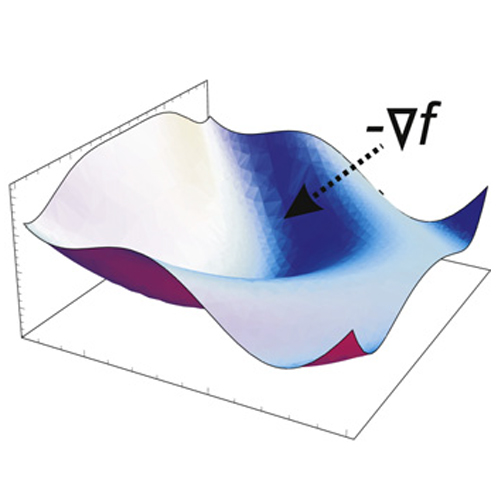NMR and small-angle scattering-based structural analysis of protein complexes in solution
15-Mar-2011
Journal of Structural Biology, 2011, doi:10.1016/j.jsb.2010.11.004, Volume 173, Issue 3, March 2011, Pages 472-482 published on 15.03.2011
Structural analysis of multi-domain protein complexes is a key challenge in current biology and a prerequisite for understanding the molecular basis of essential cellular processes. The use of solution techniques is important for characterizing the quaternary arrangements and dynamics of domains and subunits of these complexes. In this respect solution NMR is the only technique that allows atomic- or residue-resolution structure determination and investigation of dynamic properties of multi-domain -proteins and their complexes. As experimental NMR data for large protein complexes are sparse, it is advantageous to combine these data with additional information from other solution techniques. Here, the utility and computational approaches of combining solution state NMR with small-angle X-ray and Neutron scattering (SAXS/SANS) experiments for structural analysis of large protein complexes is reviewed. Recent progress in experimental and computational approaches of combining NMR and SAS are discussed and illustrated with recent examples from the literature. The complementary aspects of combining NMR and SAS data for studying multi-domain proteins, i.e. where weakly interacting domains are connected by flexible linkers, are illustrated with the structural analysis of the tandem RNA recognition motif (RRM) domains (RRM1-RRM2) of the human splicing factor U2AF65 bound to a nine-uridine (U9) RNA oligonucleotide.











